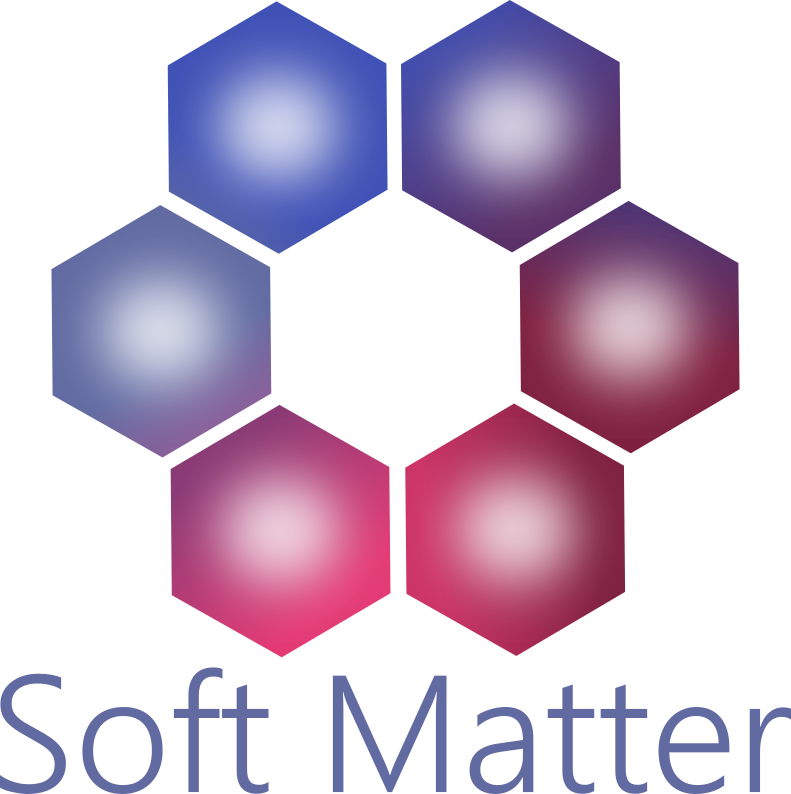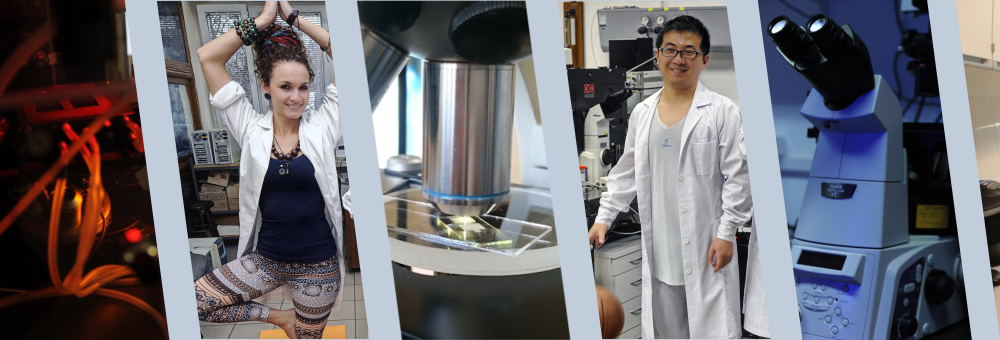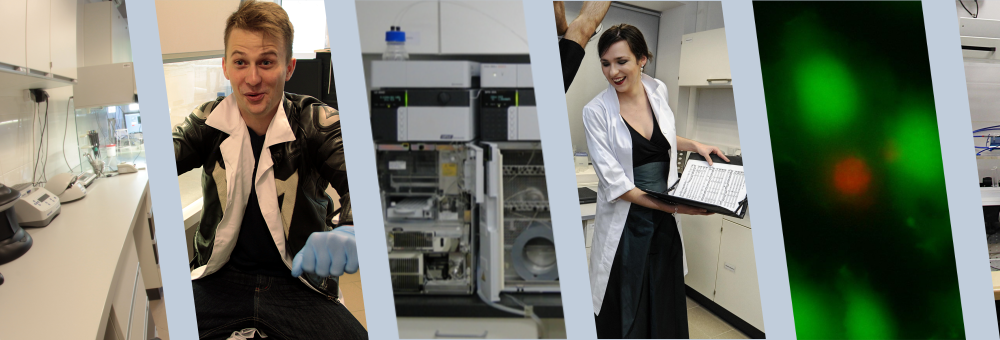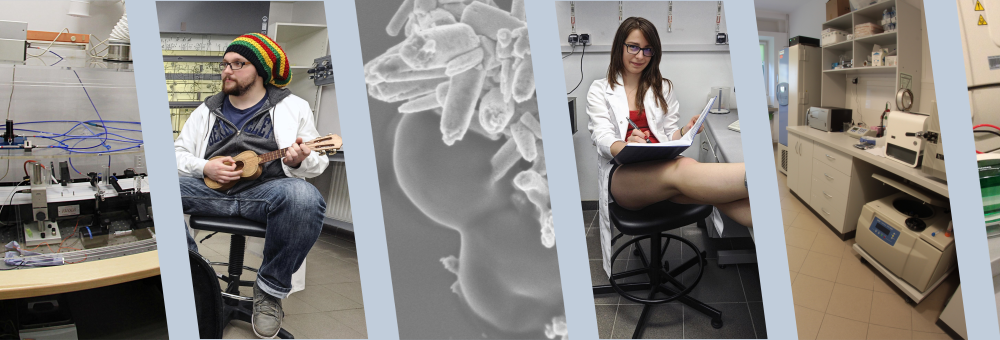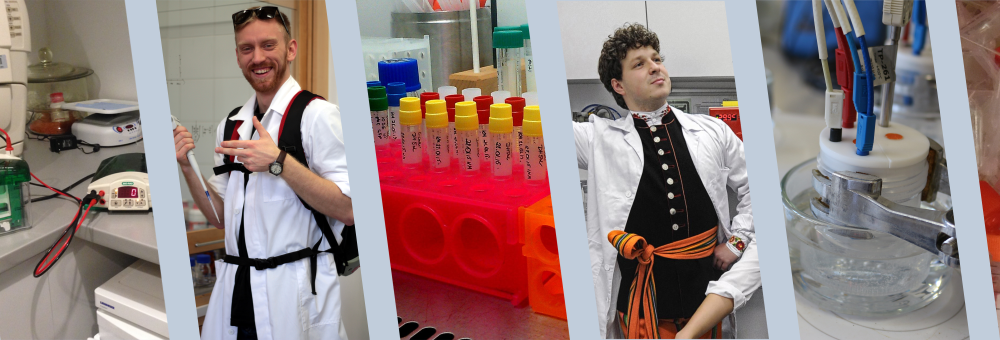Publication
Fluorescence correlation spectroscopy analysis for accurate of proportion of doubly labeled DNA in fluorescent DNA pool for quantitative biochemical assays
Author(s): Hou, Sen and Sun, Lili and Wieczorek, Stefan A. and Kalwarczyk, Tomasz and Kaminski, Tomasz S. and Holyst, Robert
Title: Fluorescence correlation spectroscopy analysis for accurate of proportion of doubly labeled DNA in fluorescent DNA pool for quantitative biochemical assays
Abstract: Fluorescent double-stranded DNA (dsDNA) molecules labeled at both ends commonly produced by annealing of complementary single-stranded DNA molecules, labeled with fluorescent dyes at the same (3' or 5') Because the labeling efficiency of ssDNA is smaller than 100\%, the dsDNA have two, one or are without a dye. Existing methods are to measure the percentage of the doubly-labeled dsDNA in the fluorescent DNA sample and it is even difficult to the doubly-labeled DNA component from the singly-labeled Accurate measurement of the percentage of such doubly labeled component is a critical prerequisite for quantitative biochemical which has puzzled scientists for decades. We established a correlation spectroscopy (FCS) system to measure the of doubly labeled dsDNA (PDL) in the total fluorescent dsDNA The method is based on comparative analysis of the given sample a reference dsDNA sample prepared by adding certain amount of ssDNA into the original ssDNA solution. From FCS functions, we obtain the number of fluorescent dsDNA in the focal volume of the confocal microscope and PDL. We calculate the labeling efficiency of ssDNA. The method requires amount of material. The samples have the concentration of DNA in nano-molar/L range and the volume of tens of microliters. We verify method by using restriction enzyme Hind III to cleave the dsDNA. The kinetics of the reaction depends strongly on PDL, critical parameter for quantitative biochemical measurements. (c) 2013 Elsevier B.V. All rights reserved.
Pages: 8-15
Journal: BIOSENSORS \& BIOELECTRONICS
Volume: 51
ID: ISI:000326905500002
Year: 2014
DOI: 10.1016/j.bios.2013.07.010



